Exploring Multijunction Solar Cells
Multijunction solar cells represent a sophisticated advancement in solar technology, designed to enhance the conversion efficiency of sunlight into electricity. Unlike traditional single junction solar cells, multi junction photovoltaic cells are layered with multiple semiconductor materials, each capturing a different segment of the solar spectrum. This allows for a more comprehensive absorption of sunlight, significantly boosting the cell's overall efficiency.
Types and Materials of Multijunction Cells
The core of multi junction solar technology lies in its layered structure, typically composed of materials from the III-V semiconductor group, such as gallium arsenide (GaAs). Each layer, or junction, is meticulously engineered to absorb specific wavelengths of light, a design that sets iii v multijunction solar cells apart from their single-junction counterparts. The materials used are key to the cells' performance, with research continuously evolving to find the optimal combination for energy conversion.
Applications of Multijunction Photovoltaics
Multijunction photovoltaics (PV) are primarily utilized in applications where space is at a premium and high power output is required, such as in satellites and space probes. On Earth, they are often found in concentrated photovoltaic (CPV) systems, where lenses or mirrors focus sunlight onto the cells. This concentration of light allows multi junction concentrator solar cells to achieve higher efficiencies, making them suitable for large-scale solar installations in utility sectors.
Features and Advantages
The defining feature of multi junction cell technology is its high efficiency. By capturing a broader range of the solar spectrum, these cells can convert more sunlight into electricity than single-junction cells. Additionally, multijunction PV cells tend to have a better performance in high-temperature environments, which is beneficial for solar panels exposed to intense sunlight for extended periods.
Understanding the Efficiency of Multi Junction Solar Panels
Efficiency is a critical factor in the adoption of solar technologies, and multi junction solar panel products are at the forefront of this field. The layered structure of these panels allows for efficiencies that can exceed 40%, a significant leap over traditional solar panels. It's this efficiency that makes three junction solar cell designs particularly attractive for projects where space and maximum power output are crucial considerations.
Choosing the Right Multijunction Solar Cell
For businesses looking to source multi junction solar cell manufacturers, Alibaba.com offers a comprehensive marketplace to connect with suppliers worldwide. While the platform does not endorse any specific brands or make claims about product quality, it provides a diverse array of options to suit various project needs. It's important for buyers to consider the specific requirements of their applications when selecting single junction and multijunction solar cells, ensuring the best fit for their solar energy projects.


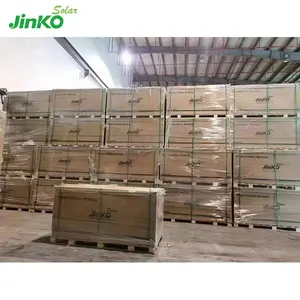

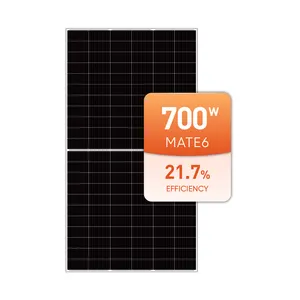



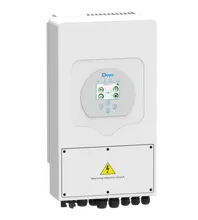

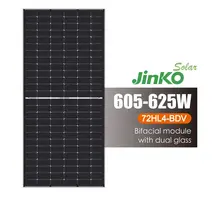








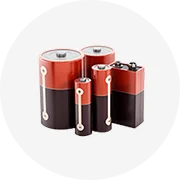
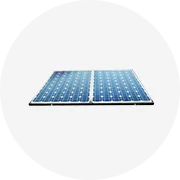
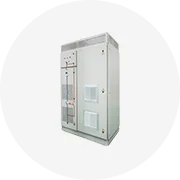
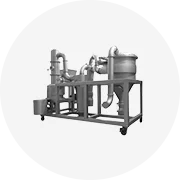
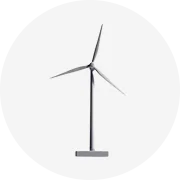
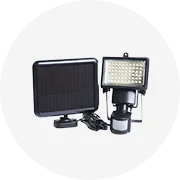
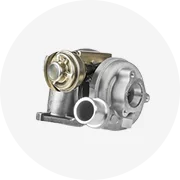
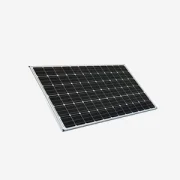








 浙公网安备 33010002000092号
浙公网安备 33010002000092号 浙B2-20120091-4
浙B2-20120091-4